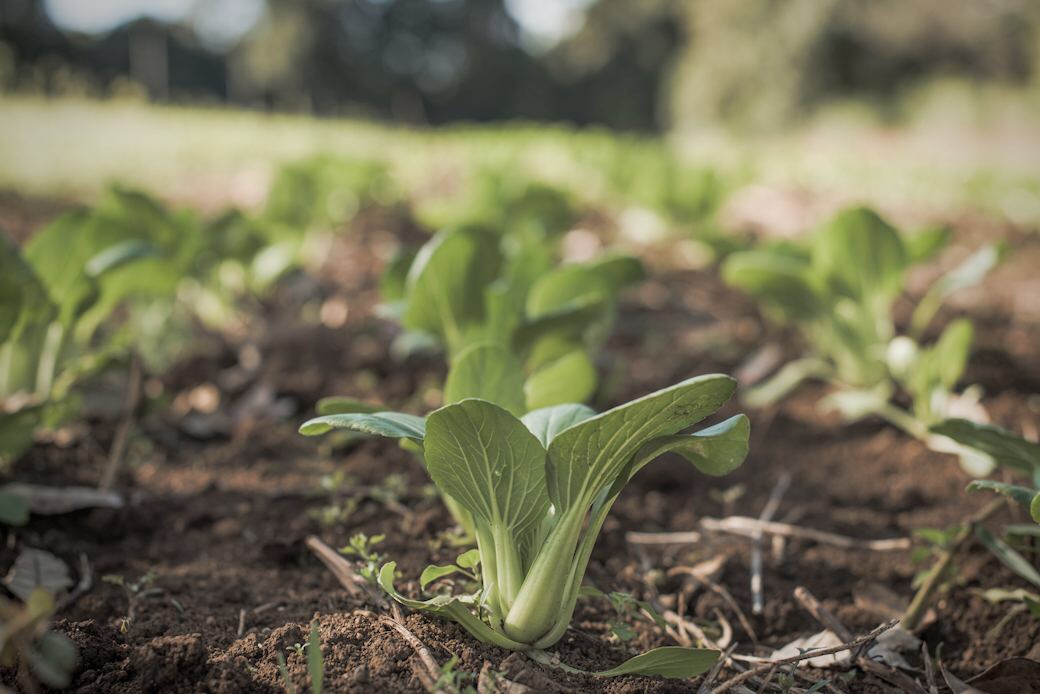
More than half of the world’s organic agricultural land is found in Australia, and the company responsible for certifying these producers sees demand soaring as organic food prices increase.
The National Association for Sustainable Agriculture Australia (NASAA), a company based in South Australia that has spent the past 28 years providing internationally-recognised organic certification for businesses in the country, has seen demand grow for its services across the globe as organic products become more popular.
“Australia has the greatest amount of certified agricultural land in the world with about 22 million hectares in full certification or in conversion,” NASAA general manager Ben Copeman said. “This equates to just over half of the global total.”
It is estimated the certified organic market is worth around US$91 billion globally with Australia’s share siting at just under $2 billion.
A 2014 global marketplace report shows growth for organic beef and grain jumping by 20 per cent, dairy by 18 per cent and around 13 per cent for vegetables and beverages in the past two years.
The surge in demand has grown to the point that NASAA now travels around the world to provide certification for other countries including Sri Lanka, Nepal, Papua New Guinea, United States of America and across South America, South East Asia and the Pacific Islands.
“This is a very expensive cost for many of the overseas farmers and can often be the difference to them remaining conventional or becoming certified organic,’’ NASAA general manager Ben Copeman said.
“Our way to mange this barrier has been to introduce a training program for locally based operators to conduct the annual organic audits themselves. The reports are then forwarded to our South Australian office and we issue the organic certification.’’
“We can now certify operators to every major organic market in the world including US, Japan, Korea, Taiwan, China and Europe.’’
NASAA operate in 14 countries and certifies about 1000 operations. They are the world’s largest certifiers of organic land - out of the 42 million hectares around the globe NASAA certifies 28 per cent of that land.
“We are the only organisation outside of China authorised to inspect internationally-based operators for that market,’’ Mr Copeman said.
“We are heavily audited by those same countries to ensure we are meeting the requirements those countries demand. From a consumer viewpoint, this auditing process guarantees the integrity of all certified organic products.
He said capacity to supply the global demand for certified organic produce hasn’t kept pace with demand. Many farmers are quickly changing their methods to organic to maximise the premium prices currently available, but it is not a quick process.
“In 2013 we had 186 inquiries in Australia about organic accreditation. In 2014 it jumped to 748 and this year we expect well over a 1000,’’ Mr Copeman said.
It takes around three years for producers to change from industrial to organically grown farming methods - which is meticulously measured, recorded and judged before they can receive accreditation.
In the UK, after a 4 percent rise in 2014, organic certifiers at the Soil Association are predicting a 6 percent increase in sales of organic products over September, throughout which the charity runs promotional campaigns. However, the latest government figures show that the UK’s organic area continues to fall.
